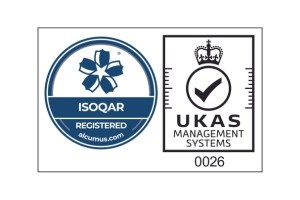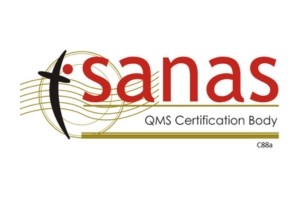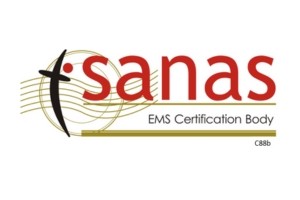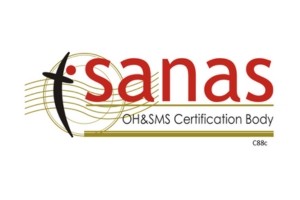There are six (6) implementable clauses within ISO 14001:2015
Occupational Health and Safety Management Standard.
ISO 14001:2015 Environmental Management Systems – requirements with guidance for use
There are a number of reasons why an organisation chooses to implement an environmental management system. These reasons include:
- To demonstrate management commitment;
- Responding to pressure from interested parties (stakeholders);
- Acting in a socially responsible manner;
- Reducing the risk of prosecution;
- To meet regulatory requirements including permits.
This series of blogs aims to assist you to understand the requirements of ISO 14001:2015.
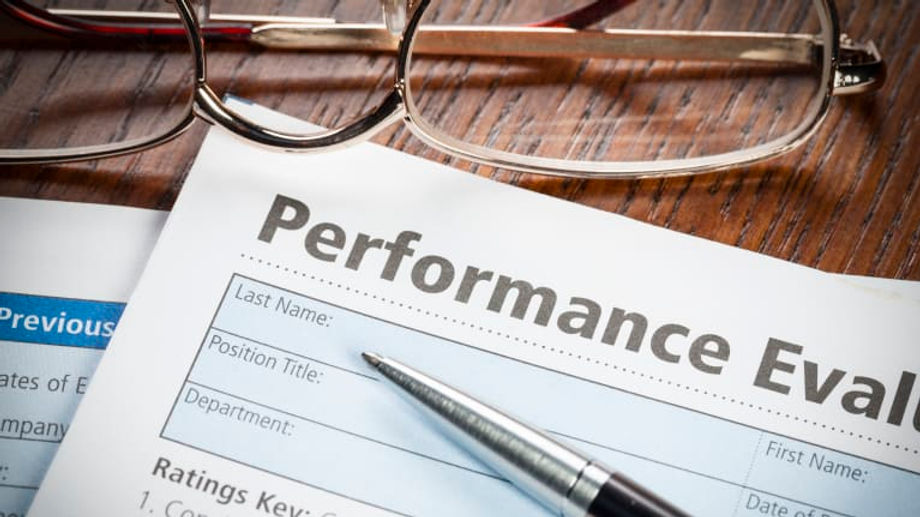
9 Performance Evaluation
ISO 14001:2015 Clause 9 Performance evaluation is all about measuring and evaluating your EMS to ensure that it is effective and it helps you to continually improve. You will need to consider what should be measured, the methods employed and when data should be analysed and reported on. As a general recommendation, organizations should determine what information they need to evaluate environmental performance and effectiveness. Once the EMS is implemented, ISO 14001 requires permanent monitoring of the system as well as periodic reviews to:
- evaluate the effectiveness of the implemented EMS;
- objectively evaluate how well the minimal requirements of the standard are fulfilled;
- verify the extent to which the organizational, stakeholder, and legal requirements have been met;
- review the suitability, adequacy, effectiveness and efficiency of the EMS;
- demonstrate that planning has been successfully implemented;
- assess the performance of processes;
- determine the need or opportunities for improvements within the environmental management system.
Internal audits will need to be carried out, and there are certain “audit criteria” that are defined to ensure that the results of these audits are reported to relevant management. Finally, management reviews will need to be carried out and “documented information” must be kept as evidence.
9 Monitoring, measurement, analysis and evaluation
9.1.1 General
The organization must monitor, measure, analyse and evaluate its environmental performance. It must determine what needs to be monitored and measured and as applicable the methods for monitoring,measurement, analysis and evaluation to ensure valid results. It must determine the criteria against which environmental‘ performance, and its appropriate indicators will be evaluated. It must also determine when the monitoring and measuring shall be performed and when the results from monitoring and measurement will be analysed and evaluated. The organization must ensure that calibrated or verified monitoring and measurement equipment is used and maintained, as appropriate. The organization must also evaluate its environmental performance and the effectiveness of the environmental management system.The organization must communicate relevant environmental performance information both internally and externally, as identified in its communication processes and as required by its compliance obligations. The organization must retain appropriate documented information as evidence of the monitoring, measurement analysis and evaluation results.

When determining what should be monitored and measured, In addition to progress on environmental objectives, the organization should take into account its significant environmental aspects, compliance obligations and operational controls. The methods used by the organization to monitor and measure, analyse and evaluate should be defined in the environmental management system, in order to ensure that:
the timing of monitoring and measurement is coordinated with the need for analysis and evaluation results;the results of monitoring and measurement are reliable, reproducible and traceable;the analysis and evaluation are reliable and reproducible, and enable the organization to report trends.
The environmental performance analysis and evaluation results should be reported to those with responsibility and authority to initiate appropriate action.

9.1.2 Evaluation of compliance
Once the Compliance obligation has been determined, the organization should establish, implement and maintain the processes needed to evaluate fulfillment of its compliance obligations. The organization should determine the frequency from evaluation of compliance, action taken from evaluation of compliance and maintain knowledge and understanding of its compliance status. The organization should retain documented information as evidence of the compliance evaluation results.
The frequency and timing of compliance evaluations can vary‘ depending on the importance of the requirement, variations in operating conditions, changes in compliance obligations and the organization’s past performance. An organization can use a variety of methods to maintain its knowledge and understanding of its compliance status, however, all compliance obligations need to be evaluated periodically. If compliance evaluation results indicate a failure to fulfill a legal requirement, the organization needs to determine and implement the actions necessary to achieve compliance. This might require communication with a regulatory agency and agreement on a course of action to fulfill its legal requirements. Where such an agreement is in place, it becomes a compliance obligation. A non-compliance is not necessarily elevated; to a nonconformity if, for example, it is identified and corrected by the environmental management system processes. Compliance-related non-conformities need to be corrected, even if those non-conformities have not resulted in actual non-compliance with legal requirements.
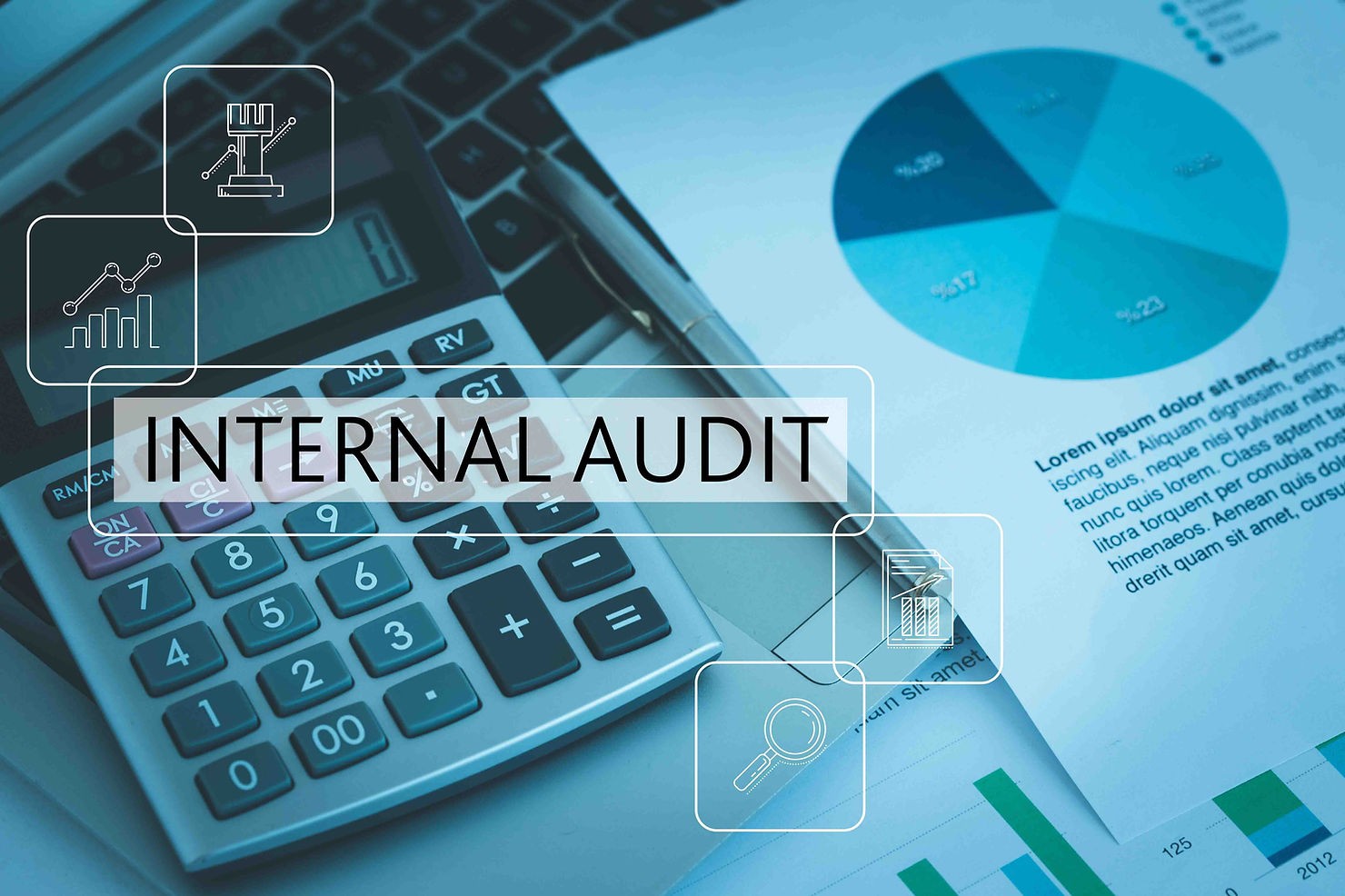
9.2 Internal Audit
9.2.1 General
The organization must conduct internal audits at planned intervals to provide information on whether the environmental management system conforms to the requirements of ISO 14001:2015 standards, its own requirements for its environmental management system and also to check whether the environmental management system is effectively implemented and maintained.
9.2.2 Internal audit programme
The organization must establish, implement and maintain internal audit programme, including the frequency, methods, responsibilities, planning requirements and reporting of its internal audits. When establishing the internal audit programme, the organization shall take into consideration the environmental importance of the processes concerned, changes affecting the organization and the results of previous audits. The organization must define the audit criteria and scope for each audit. The organization must select auditors and conduct audits to ensure objectivity and the impartiality of the audit process; It must ensure that the results of the audits are reported to relevant management. The organization must retain documented information as evidence of the implementation of the audit programme and the audit results.
Auditors should be independent from the activity being audited, wherever practicable, and should in all cases act in a manner that is free from bias and conflict of interest. Non-conformities identified during internal audits are subject to appropriate corrective action. When considering the results of previous audits, the organization should include:
- previously identified non-conformities and the effectiveness of the actions taken;
- results of internal and external audits.
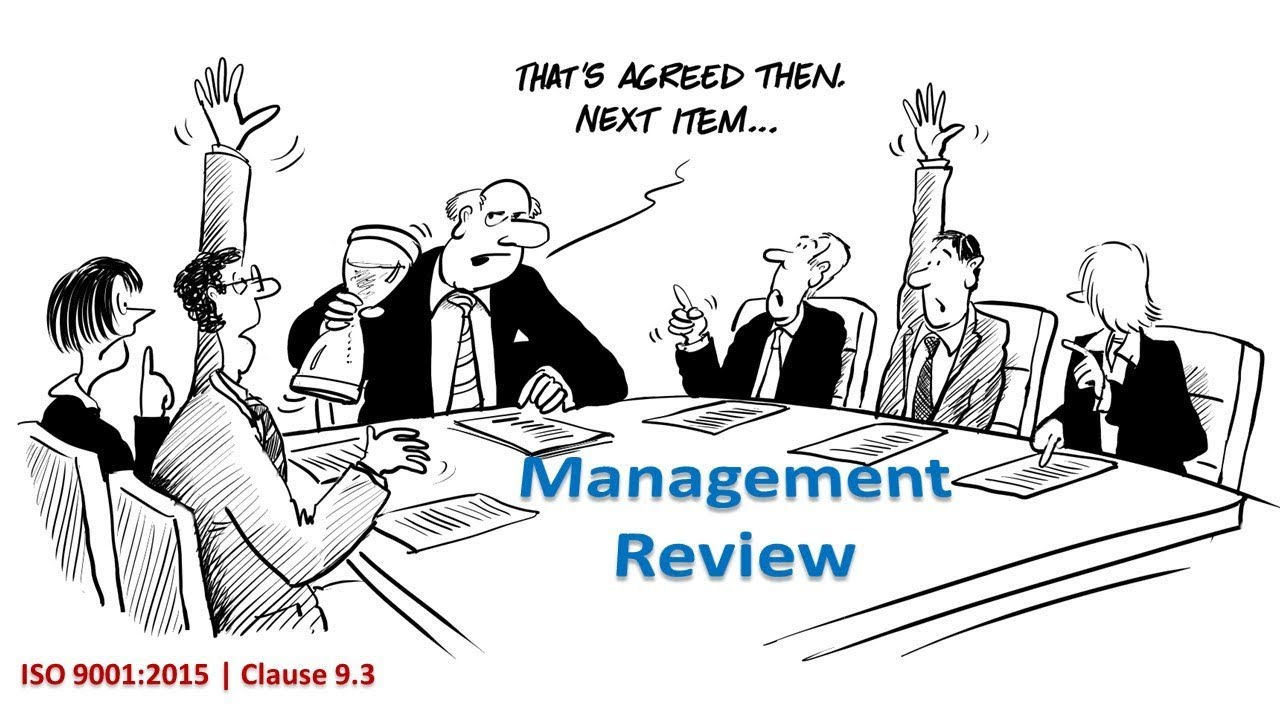
9.3 Management review
Top management must review the organization’s environmental management system, at planned intervals, to ensure its continuing suitability, adequacy and effectiveness. The management review must include consideration of the status of actions from previous management reviews. It must also include changes in external and internal issues that are relevant to the environmental management system, the needs and expectations of interested parties, including compliance obligations; its significant environmental aspects; risks and opportunities; the extent to which environmental objectives have been achieved. The Management review must take into consideration adequacy of resources and relevant communication from interested parties, including complaints. The management review must include information on the organization’s environmental performance, including trends in
- nonconformity and corrective actions;
- monitoring and measurement results;
- fulfillment of its compliance obligations;
- audit results;
It must also take into consideration the opportunities for continual improvement. The outputs of the management review must include:
- conclusions on the continuing suitability, adequacy and effectiveness of the environmental management system;
- decisions related to continual improvement opportunities;
- decisions related to any need for changes to the environmental management system, including resources;
- actions, if needed, when environmental objectives have not been achieved;
- opportunities to improve integration of the environmental management system with other business processes, it needed;
- any implications for the strategic direction of-the organization.
The organization must retain documented information as evidence of the results of management reviews.
The management review should be high-level; it does not need to be an exhaustive review of detailed information. The management review topics need not be addressed all at once. The review may take place over a period of time and can be part of regularly scheduled management activities, such as board or operational meetings; it does not need to be a separate activity. Relevant complaints received from interested parties are reviewed by top management to determine opportunities for improvement. “Suitability” refers to how the environmental management system fits the organization its Operations, culture and business systems. “Adequacy” refers to whether it meets the ISO 14001:2015 requirements and is implemented appropriately. “Effectiveness” refers to whether it is achieving the desired results.
Join our mailing list to receive upcoming posts: http://www.isoqar.co.za/

